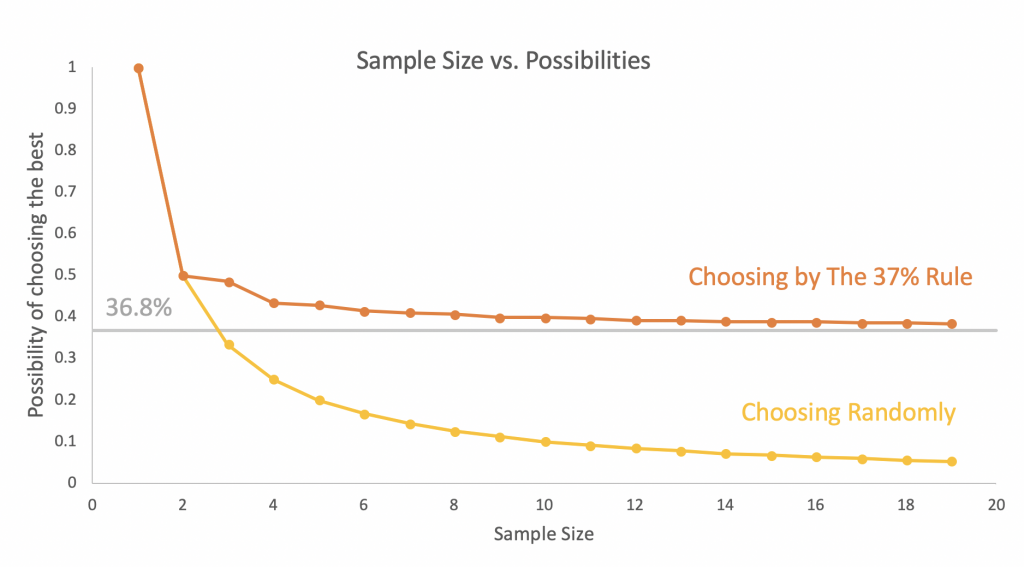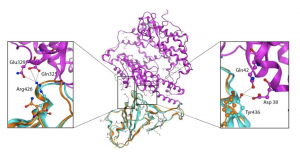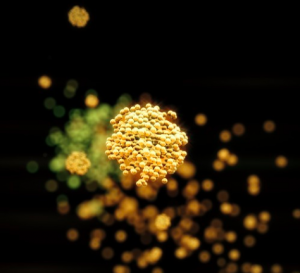Dr. Petri Turhanen from the University of Eastern Finland discovered that Dowex, a cation exchange resin, opens up an untapped area of green chemistry – the scientific initiative to find chemical reactions that produce the least waste. The best part? It wasn’t on purpose.
While working on an organic synthesis project in 2015, Turhanen noticed that the cation exchange resin he was using, Dowex, produced an unintended byproduct in the presence of sodium iodide (NaI), an iodide (I–) source. Further analysis unveiled that the byproduct was the result of an iodide addition reaction. This is a reaction where a double bond between two carbon atoms is converted into a single bond with a new atom on each carbon, one hydrogen and one iodine.

The novel and green iodide addition reaction discovered by Dr. Petri Turhanen
The source of this unique reactivity comes from the polymer known as Dowex. Dowex is a solid resin made of polystyrene sulfonate. Its main use is as a cation exchange resin, a type of solid that is able to exchange cations, such as H+, for other cations, such as Na+ or K+.
Why is this reaction significant? Iodinated molecules serve multiple purposes. They are often intermediate molecules in organic synthesis, acting as a precursor to building up larger, more complex organic molecules such as pharmaceuticals. Furthermore, radioactive iodine isotopes attached to organic molecules are used as tags in medical imaging.
The industrial processes used to iodinate compounds require toxic starting materials, harmful solvents and high temperatures. These include hazardous, or even carcinogenic, compounds such as iodine, hydrogen peroxide, trimethylsulfonium iodate and iodine monochloride and heavy metals catalysts. To contract, Dowex has low toxicity and can be reused after the reaction is complete.

Comparison of iodide addition reactions
Since the first experiment in 2015, Turhanen has expanded the library of reactions possible in the presence of Dowex, such as esterifications and the conversion ethylene to a di-iodide species. Continued organic synthesis initiatives such as Turhanen’s will pave the way for a greener future of science.
-Mark Rubinchik


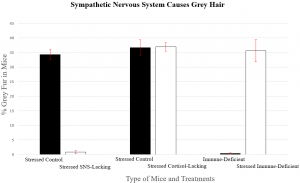


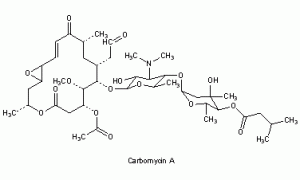
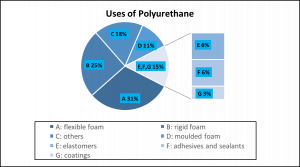

 Figure 3. A flexible polymer system due to a large free volume (left). A rigid polymer system due to a small free volume (right). Polyurethanes would resemble the small free volume system due to intermolecular hydrogen bonding.
Figure 3. A flexible polymer system due to a large free volume (left). A rigid polymer system due to a small free volume (right). Polyurethanes would resemble the small free volume system due to intermolecular hydrogen bonding.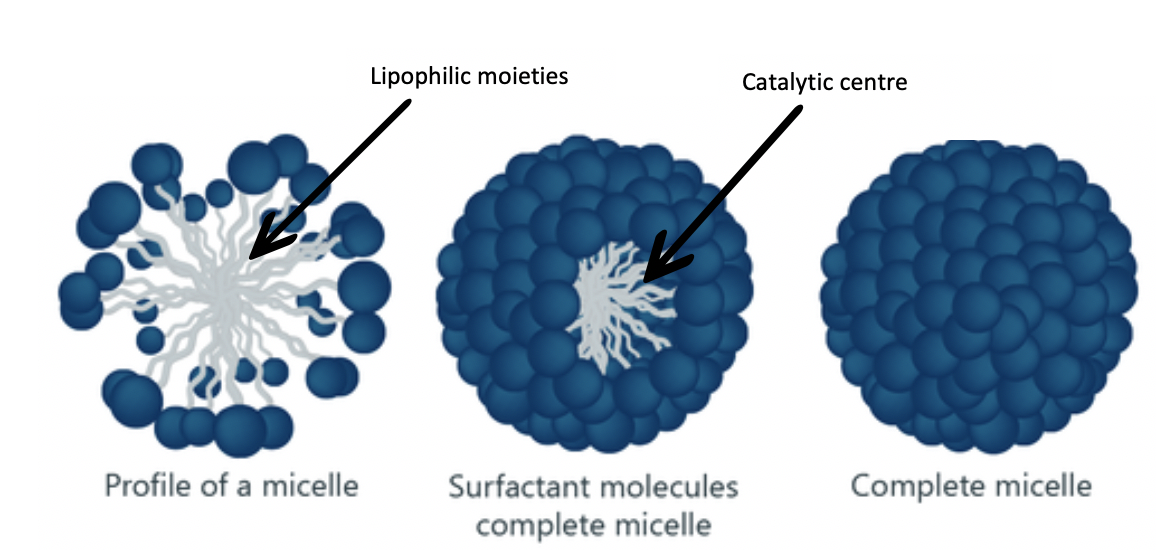

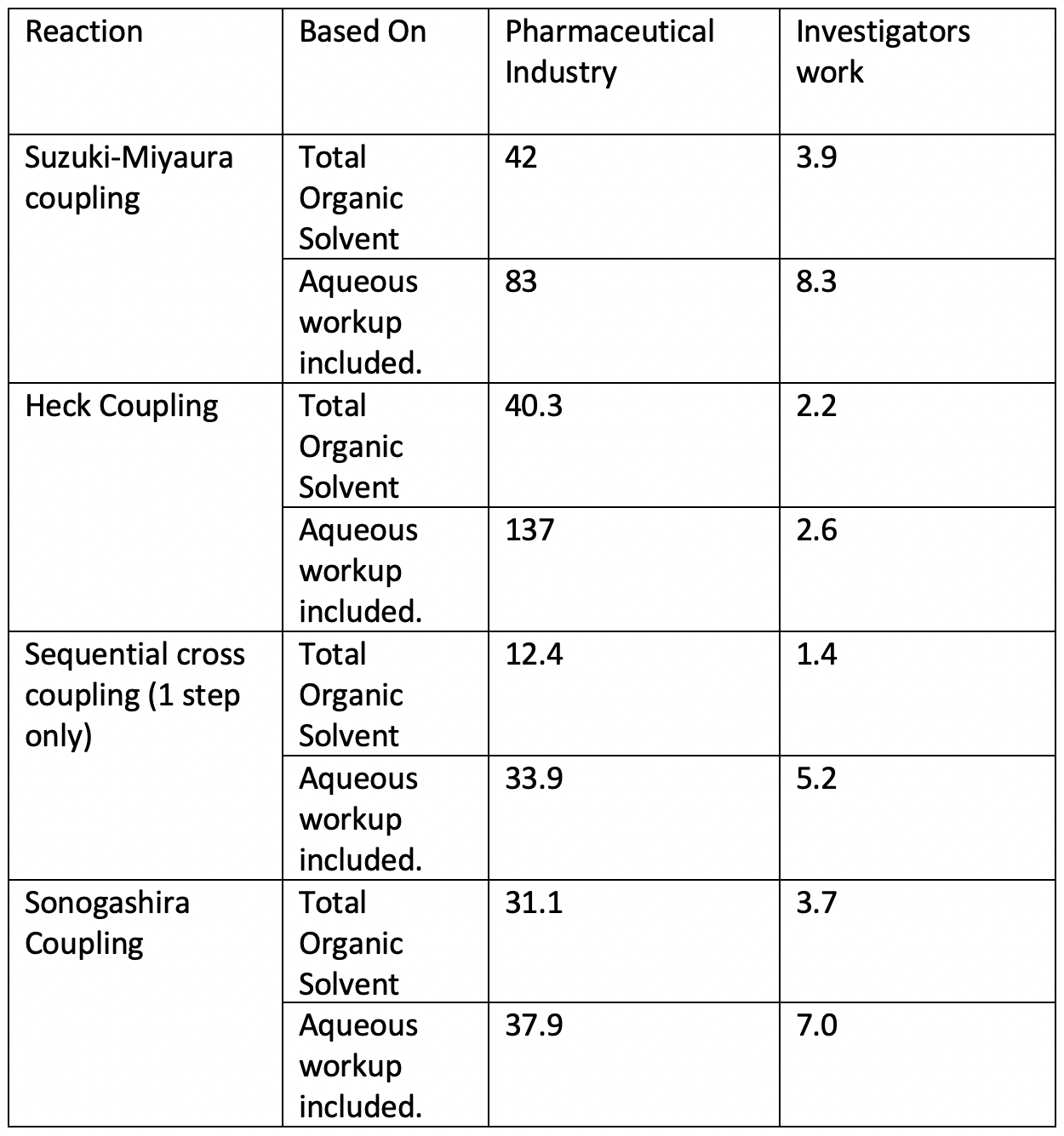

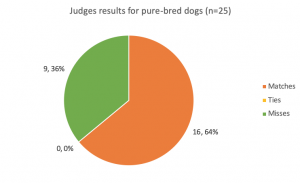
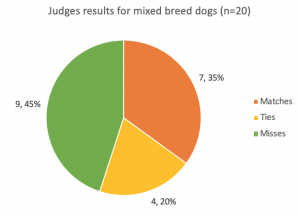
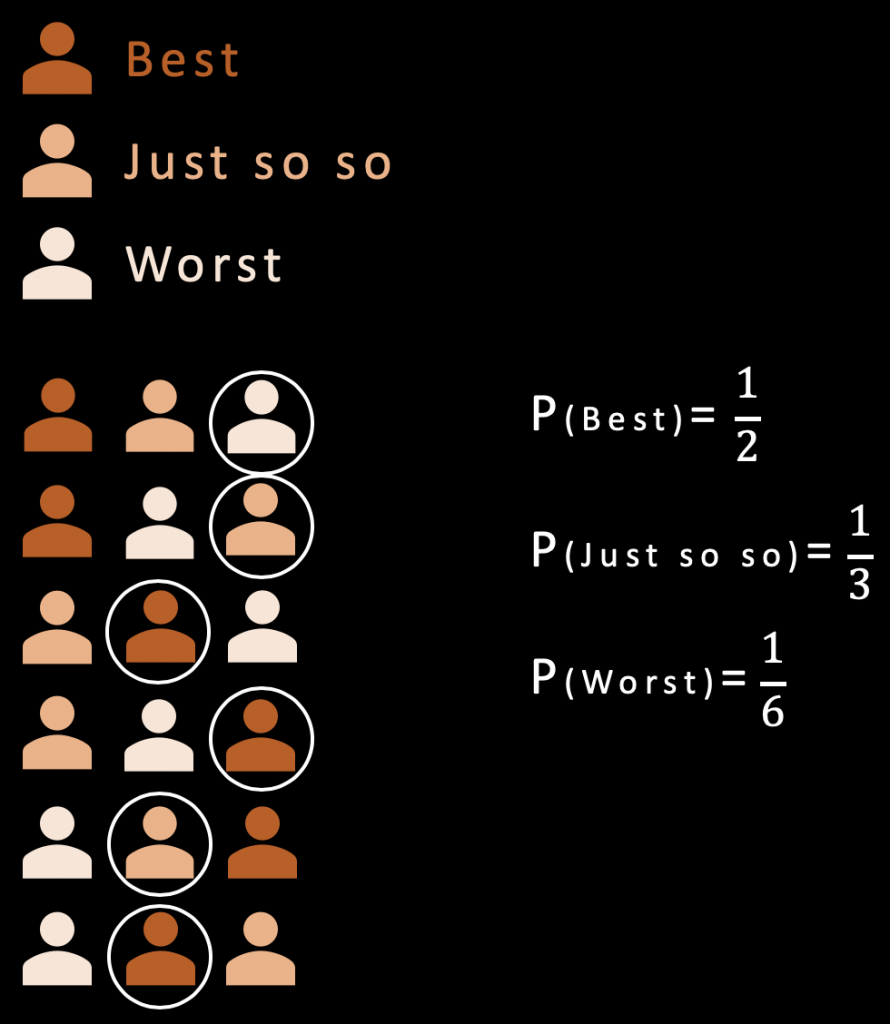
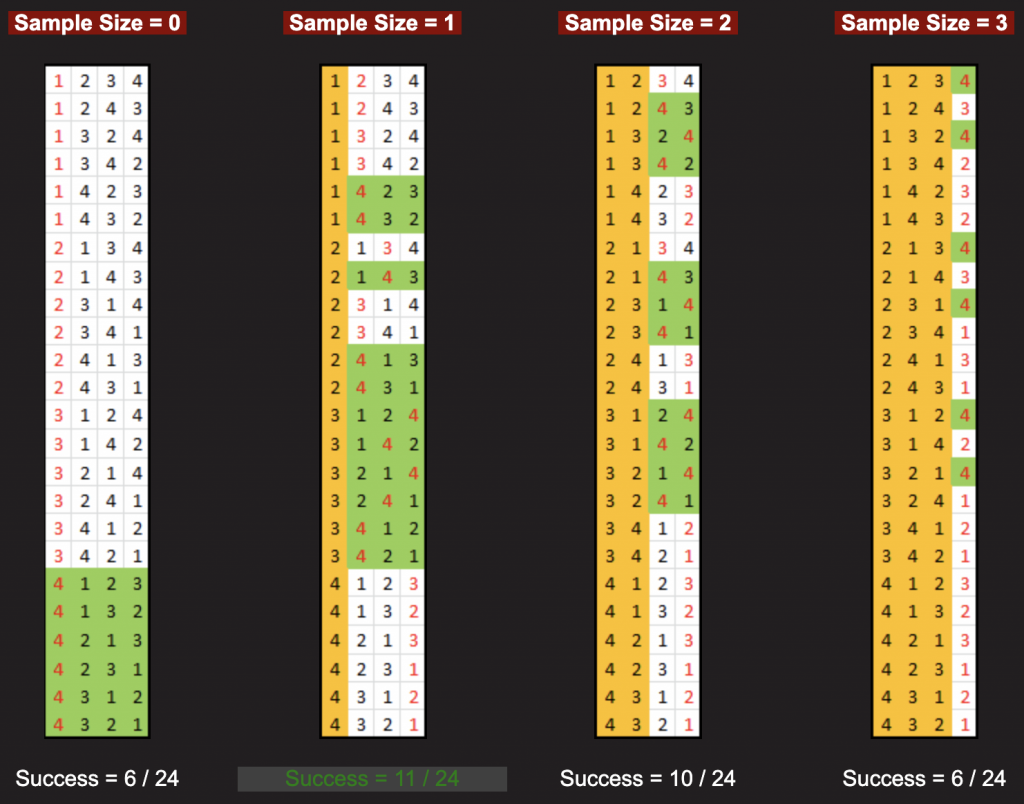
 Which means you should settle down immediately when you meet the “best boy” after you try first 36.8% guys in your life.
Which means you should settle down immediately when you meet the “best boy” after you try first 36.8% guys in your life.